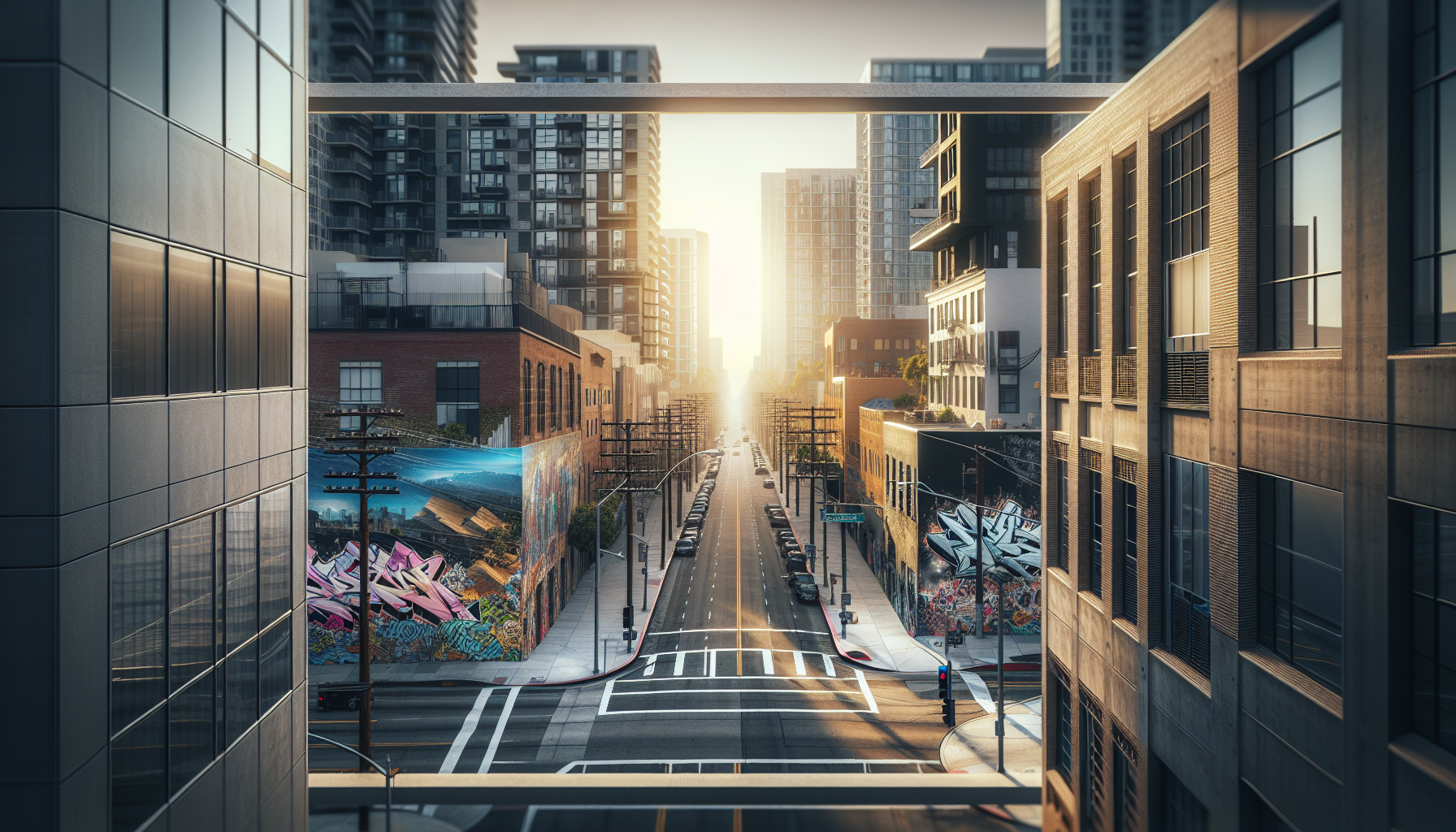Table of Contents
The backdrop of the protests
The recent protests in Los Angeles, ignited by Immigration and Customs Enforcement (ICE) raids, have sparked intense debate and scrutiny. As tensions escalated, the city witnessed a surge of demonstrators expressing their outrage against federal immigration policies. However, amidst the chaos, a significant portion of the crowd remained peaceful, advocating for their rights and the rights of others. The protests have highlighted the deep divisions within society regarding immigration and law enforcement, making it crucial to understand the motivations behind these demonstrations.
The role of media in shaping perceptions
Media coverage plays a pivotal role in shaping public perception of events like these protests. A recent broadcast from ABC7 Los Angeles drew attention for its portrayal of the riots, with anchor Jory Rand describing the situation as “just a bunch of people having fun watching cars burn.” Such statements can trivialize the serious issues at hand and contribute to a misunderstanding of the protest’s intentions. While some individuals engaged in destructive behavior, many others were there to voice their concerns peacefully. This dichotomy raises questions about how media narratives can influence public opinion and the actions of law enforcement.
The impact of law enforcement presence
The presence of law enforcement during protests can be a double-edged sword. While police are tasked with maintaining order, their presence can sometimes escalate tensions rather than diffuse them. Correspondent Tim Caputo noted the “fine line” police must navigate to keep peace without provoking the crowd. Instances of violence, such as rioters throwing objects at police and vandalizing property, overshadow the peaceful intentions of many demonstrators. This situation underscores the need for a more nuanced approach to policing protests, one that prioritizes dialogue and understanding over confrontation.
Community responses and future implications
The community’s response to these protests has been varied, with some supporting the demonstrators’ right to protest while others condemn the violence. California Governor Gavin Newsom criticized President Trump’s deployment of National Guard troops, arguing that local law enforcement could manage the situation without federal intervention. This highlights the ongoing tension between state and federal authorities regarding immigration enforcement and public safety. As the dust settles, it remains essential for community leaders and policymakers to engage in constructive dialogue to address the underlying issues that fuel such protests.


